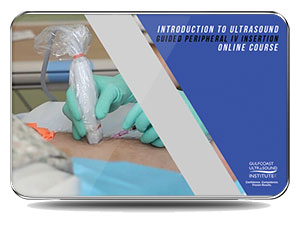

Introduction to Ultrasound-Guided Peripheral IV Insertion 2021 (Gulfcoast Ultrasound Institute) (Videos + Exam-mode Quiz)
$30.00
Format: 4 MP4 + Exam-mode HTML Quiz
Category: *HOT books Radiology Videos/Audios
published date: 03 Sep 21


$30.00
Format: 4 MP4 + Exam-mode HTML Quiz
Category: *HOT books Radiology Videos/Audios
published date: 03 Sep 21
Introduction to Ultrasound-Guided Peripheral IV Insertion Online Course provides participants a strong foundation to perform ultrasound-guided peripheral IV insertion techniques. This comprehensive course, taught by expert faculty that specialize in ultrasound guidance for IV insertion, is self-directed and contains online video lectures, and post-activity quizzes. Enrollment is valid for 12 months (365 days) and begins the moment the participant is enrolled. Extend your online course access another three (3) months with the addition of a private hands-on workshop or registration for a regularly scheduled GCUS scan workshop.
Date of Original Release: 8/5/2021
This edition valid for credit through: 8/5/2024